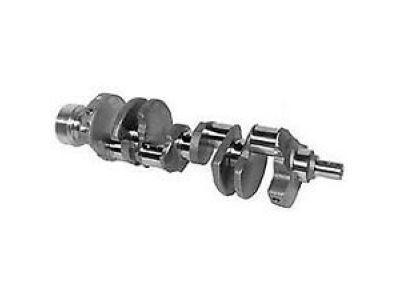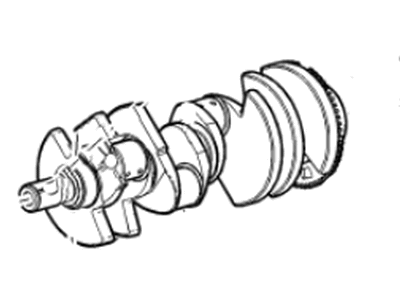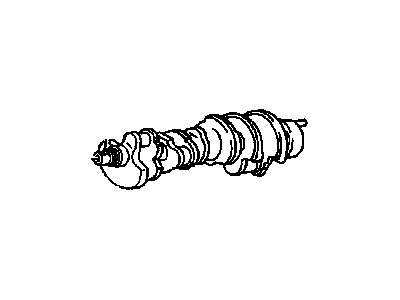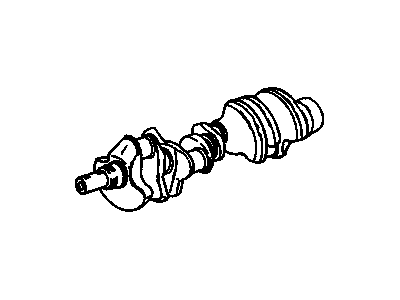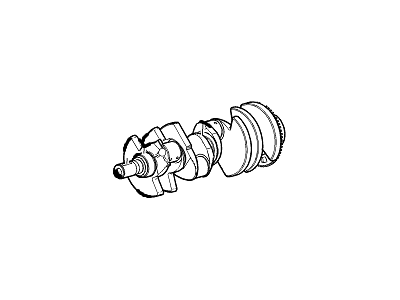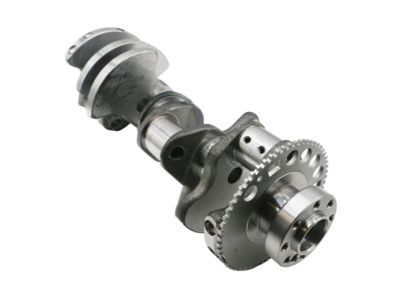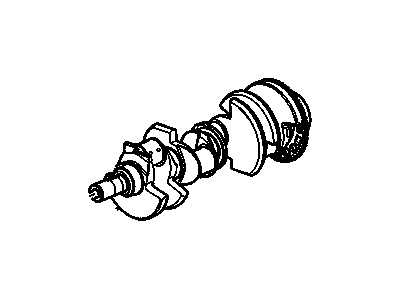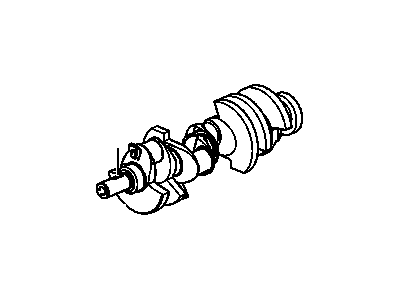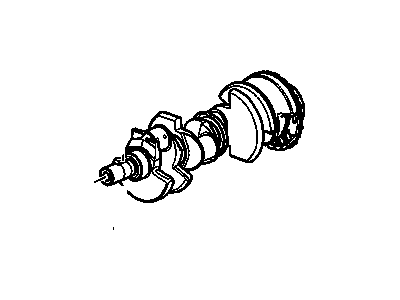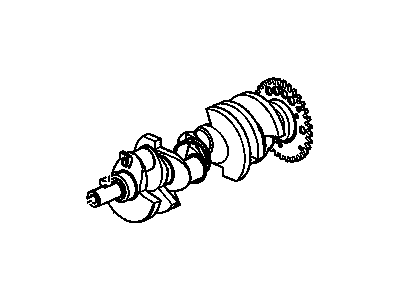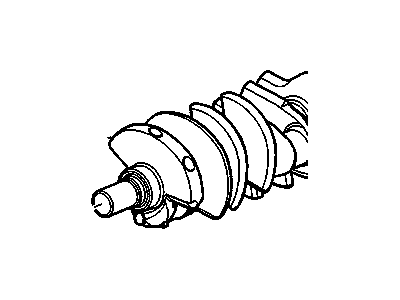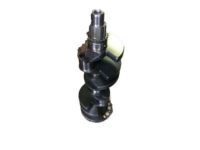
My Garage
My Account
Cart
Genuine GMC Yukon Crankshaft
Crank Shaft- Select Vehicle by Model
- Select Vehicle by VIN
Select Vehicle by Model
orMake
Model
Year
Select Vehicle by VIN
For the most accurate results, select vehicle by your VIN (Vehicle Identification Number).
19 Crankshafts found
GMC Yukon CRANKSHAFT ASM,.
Part Number: 19431873$478.90 MSRP: $763.62You Save: $284.72 (38%)Ships in 1-3 Business DaysGMC Yukon Engine Crankshaft
Part Number: 14088526$555.37 MSRP: $670.13You Save: $114.76 (18%)Ships in 1-3 Business DaysGMC Yukon Engine Crankshaft
Part Number: 10243070$745.12 MSRP: $1233.22You Save: $488.10 (40%)Ships in 1-3 Business DaysGMC Yukon Crankshaft Assembly
Part Number: 55510071$492.14 MSRP: $784.74You Save: $292.60 (38%)Ships in 1-3 Business DaysGMC Yukon Crankshaft Assembly, .
Part Number: 12680208$1567.84 MSRP: $2058.69You Save: $490.85 (24%)Ships in 1-3 Business DaysGMC Yukon Engine Crankshaft
Part Number: 23502596$1140.96 MSRP: $1475.06You Save: $334.10 (23%)Ships in 1-3 Business DaysGMC Yukon Crankshaft Assembly, .
Part Number: 12712984$1059.19 MSRP: $1375.58You Save: $316.39 (23%)
GMC Yukon Crankshaft
Each OEM GMC Yukon Crankshaft we offer is competitively priced and comes with the assurance of the manufacturer's warranty for the part. Furthermore, we guarantee the speedy delivery of your orders right to your doorstep. Our hassle-free return policy is also in place for your peace of mind.
GMC Yukon Crankshaft Parts Questions & Experts Answers
- Q: How to remove and install a crankshaft on GMC Yukon?A: When you want to remove the crankshaft, mount a dial indicator and touch its end with that of the crankshaft. The next step is prying it backward to zero the dial indicator and then forward to check the reading. Check whether there is a wear on the crankshaft thrust surfaces if it has an endplay more than 0.003 to 0.010 inches. Loosen main bearing cap bolts and remove caps in order to remove crankshaft from these engines. Be mindful of the weight when removing crankshafts from engines. Crankshaft installation involves placing the engine block upside down on its bottom surface and removal of main bearing caps in this position. Plastigage is used for checking the oil clearance for main bearings while the connecting rod bolts are tightened using clean engine oil on their threads according to this repair manual. The main bearing caps must now be removed by lifting them up slowly after loosening all bolts as described in this manual. Comparing these crushed Plastigage wires' widths indicates how much space between cylinder block and these rings exist-it means one should scrape off all residium that could still be stuck onto them so they can rise above them freely at any time if necessary (Hartzell, 2011). After applying lubricant onto both surfaces where they meet each other, place these connecting rod back into its original location again since new bearings have been installed (Hartzell, 2011). Changing connecting rod bearings requires cleaning mating surfaces of engine block and bearing cap plus lubing faces for inserts before tightening main bearing cap bolts using clean engine oil on bolt threads (Hartzell, 2011). Check for binding by seeing if there is any resistance when rotating by hand or recheck it after rotating through one full revolution as per instructions given in this sectional maintenance manual (Hartzell, 2011).
Related GMC Yukon Parts
Browse by Year
2024 Crankshaft 2023 Crankshaft 2022 Crankshaft 2021 Crankshaft 2020 Crankshaft 2019 Crankshaft 2018 Crankshaft 2017 Crankshaft 2016 Crankshaft 2015 Crankshaft 2014 Crankshaft 2013 Crankshaft 2012 Crankshaft 2011 Crankshaft 2010 Crankshaft 2009 Crankshaft 2008 Crankshaft 2007 Crankshaft 2006 Crankshaft 2005 Crankshaft 2004 Crankshaft 2003 Crankshaft 2002 Crankshaft 2001 Crankshaft 2000 Crankshaft 1999 Crankshaft 1998 Crankshaft 1997 Crankshaft 1996 Crankshaft 1995 Crankshaft 1994 Crankshaft 1993 Crankshaft 1992 Crankshaft
